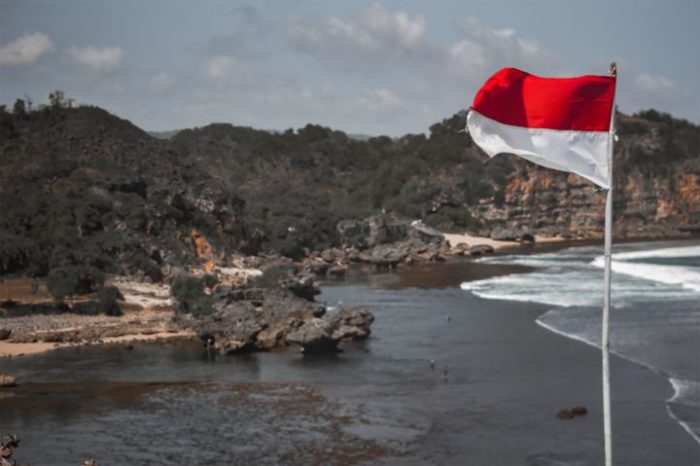
The study “News Sourcing Practices in Climate Reporting in Indonesia” by Mira Rochyadi-Reetz from Technische Universität Ilmenau looked at two types of news sources in Indonesian climate change reporting: people and actors, and information in form of international news flows from news wires and international media organizations.
There is ample evidence that news media is an important source of information for the general public about climate change. The complexity of issue has forced a rethinking on sources, as they influence the news so much. There are, generally speaking, two types of sources, persons and international news reports. Particularly in the Global South Western, international news reports tend to dominate climate change reporting.
Currently, most studies have focused on content analysis of climate change reporting. However, a study on the sources has the potential to reveal coproduction news practices between political actors, scientists, and journalists in the country studied, in this case, Indonesia.
In this study, the author held semi-structured interviews of 16 people, 14 journalists and 2 editors-in-chief, reporting between the United Nations COP in November 2017 (COP23) and December 2018 (COP24). The journalists to interview were founded by a two-step process, where the journalists, who had written about the topic in the time period, were first identified, and then those who had written more than two articles. The journalists were from Indonesian newspapers Kompas, Republika, and Koran Tempo.
Based on the interviews, the sources used were divided into three categories: (1) national actors as the main source, (2) international sources as cognitive inventory, and (3) going with the international news flow.
National actors were the main source. The journalists relied on WhatsApp groups of journalists and PR officials from ministries to find who to interview, while experienced journalists working for environmental desks also stressed the importance of scientists and NGOs. The use of national sources also occurred when reporting from a conference in Katowice.
The second type of sources was when the journalists used international sources as an inventory of knowledge then supplemented with information from NGOs, government officials, and experts. Often, the international information helps the journalists to compare the issue in Indonesia to elsewhere – alone, the information has no Indonesian frame.
The third category included translating international news from sources such as Reuters to the Indonesian audience. Sometimes, the journalists doing this mentioned that they would have liked to supplement the story with info about local conditions or included domestic sources, but that they lacked the resources to do so.
The study revealed that the sources could not be differentiated into two poles: national and local and international, but rather, both were often used. Some journalists relied heavily on national actors, while some were forced to only utilize the “flow” of international news.
Two, interconnected factors emerged as the most influential in climate reporting; audience and media platform. The author further stresses that as climate change crosses borders in all aspects of people’s lives, more international collaboration is needed also in news.
The article “News Sourcing Practices in Climate Reporting in Indonesia” by Mira Rochyadi-Reetz is in Journalism Studies. (free abstract).
Picture: Untitled by Fahmi Anwar.
License Unsplash.